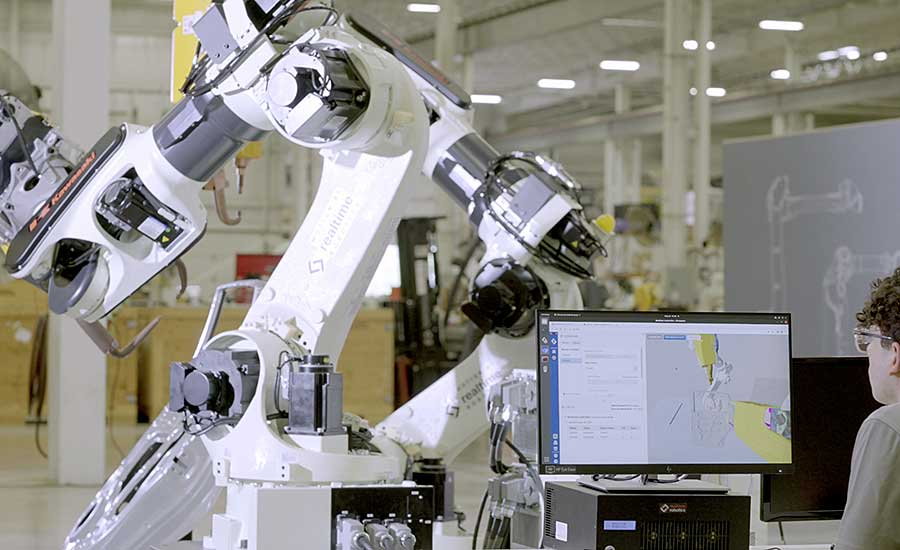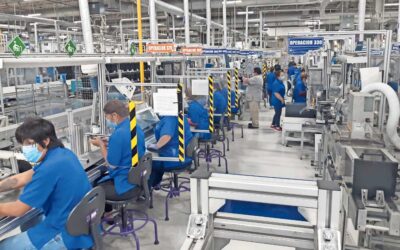Introduction
The nearshoring phenomenon has revolutionized the way companies approach production and services, and Baja California is no exception. This strategy of moving operations to geographically close locations has generated a significant impact on the adoption of industrial robots and the promotion of dual education in this region. In this article, we will explore how nearshoring has influenced these aspects and how they are shaping the industrial and educational landscape in Baja California.
Nearshoring: A Catalyst for the Adoption of Industrial Robots
Baja California has become an attractive pole for foreign investment due to its strategic location and solid industrial infrastructure. Nearshoring has played an essential role in increasing the adoption of industrial robots in the region. By moving production closer to North American markets, companies can take advantage of greater logistics efficiency and shorter delivery times, which in turn has incentivized process automation using industrial robots.
These robots not only increase productivity but also improve working conditions by performing repetitive and dangerous tasks. Additionally, the adoption of industrial robots has driven the demand for technicians and professionals trained to operate and maintain these machines. This has led to greater collaboration between industry and educational institutions to offer training programs in line with industry needs.
Dual Education: Preparing the Workforce of the Future
In Baja California, dual education has gained prominence thanks to the rise of nearshoring. The close relationship between manufacturing companies and educational institutions has given rise to dual education programs specifically designed to meet the needs of the industry. These programs allow students to combine their academic training with practical experience in the real work environment.
Young people participating in dual education programs in Baja California gain a competitive advantage by graduating with practical skills and up-to-date theoretical knowledge. Close collaboration between businesses and schools has created an effective bridge between education and employment, ensuring that the workforce is prepared to meet the technological challenges and opportunities that nearshoring brings.
The Future of Nearshoring, Industrial Robots and Dual Education in Baja California
The nearshoring phenomenon in Baja California is far from being a passing trend. As more companies establish themselves in the region in search of logistical advantages and proximity to key markets, the adoption of industrial robots and the promotion of dual education will continue to be key drivers of economic and technological development.
Collaboration between the industrial sector and educational institutions is essential to maintain this synergy. By continuing to adapt educational programs to the changing demands of the industry and encouraging continuous training of the workforce, Baja California will be well positioned to take full advantage of the opportunities that nearshoring and automation offer in the future.
Conclusion
Nearshoring has had a profound impact in Baja California by driving the adoption of industrial robots and promoting dual education. This combination is transforming the way companies operate and how the next generation of professionals is prepared. With a vision focused on collaboration and adaptation, Baja California is demonstrating how the nearshoring phenomenon can be a catalyst for economic growth and innovation in the region.





